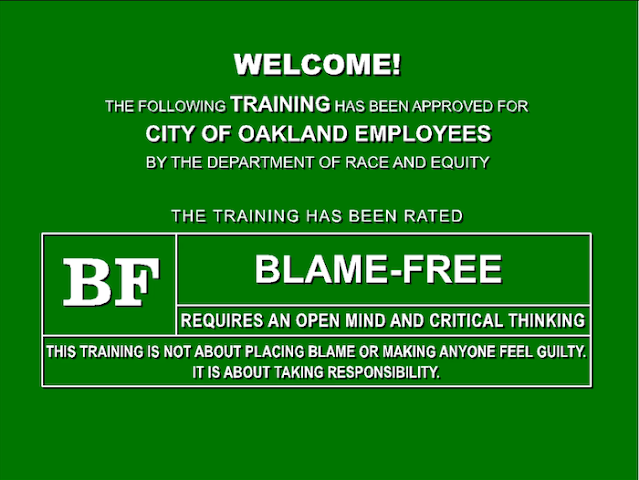Diversity in the Parks: Kids All Belong in Nature
Last night on Zoom, Darlene Flynn, Director of Oakland's Department of Race and Equity, showed the audience a black-and-white photo of herself as a child, sitting on the hood of a car, surrounded by her family, in a magnificent mountain setting.
Darlene had been invited by The Friends of Joaquin Miller Park’s Diversity, Equity and Inclusion committee to bring new perspectives to park stakeholders. She invited us all to lean into Oakland’s vision of “creating a city where racial disparities have been eliminated and racial equity has been achieved.” A lofty goal, and one that will take years—but what an inspiring vision! You can see it yourself, here.
One of the graphs that she showed was the breakdown of park users by race, compared to a general breakdown of race. While I was happy to see that Pacific Islanders and Native Americans use parks in greater numbers than their proportion, I was sad to see how many fewer Latinos and Black Americans visit parks than potentially could. “Those of us who connect with nature,” said Darlene, expressing so much joy along with her beautiful wilderness photos, “grew up learning to be connected with nature, feeling comfortable in nature.” But in Jim Crow days, people of color were not welcome in the parks. They were policed, or unprotected, even lynched.
Each new little drop of information we learn about how racism has been structured, even carefully crafted in America, breaks our hearts open a little wider, and makes us eager to put that past behind us with a flourish. Changing each and every law is important, but changing perception is, even more so.
How can we change the perception that people of color aren’t safe in the parks? We put everyone's safety first. How can we change the perception that BIPOC aren't welcome in the parks? We welcome them! Especially kids, who we want to feel connected with open spaces, and protective of them as their own.
After the talk, I immediately dashed off invitations to my Song Drawing Project to Outdoor Afro and Latino Outdoors. I’m still trying to find 30 28 kids to come and interact with nature, music, and art up here in the Park!
Perception is in the eye of the perceiver who sees, feels, and experiences either pain or comfort. We need the next generation to show us what they see. Bring your eyeballs and pencils to the Park and have a great experience!






Sad that we aren't all more free to wander.
ReplyDelete